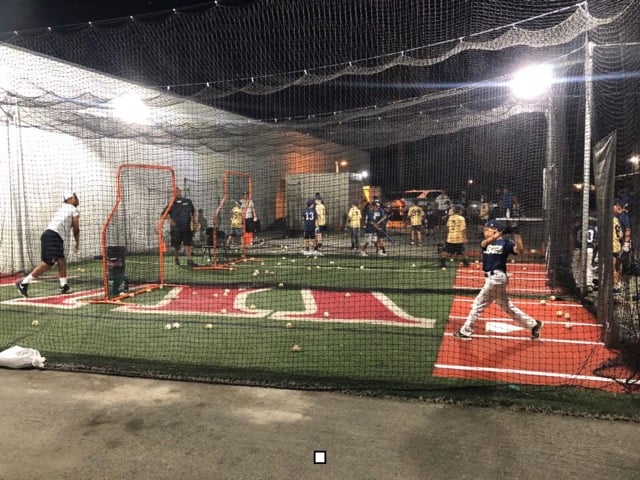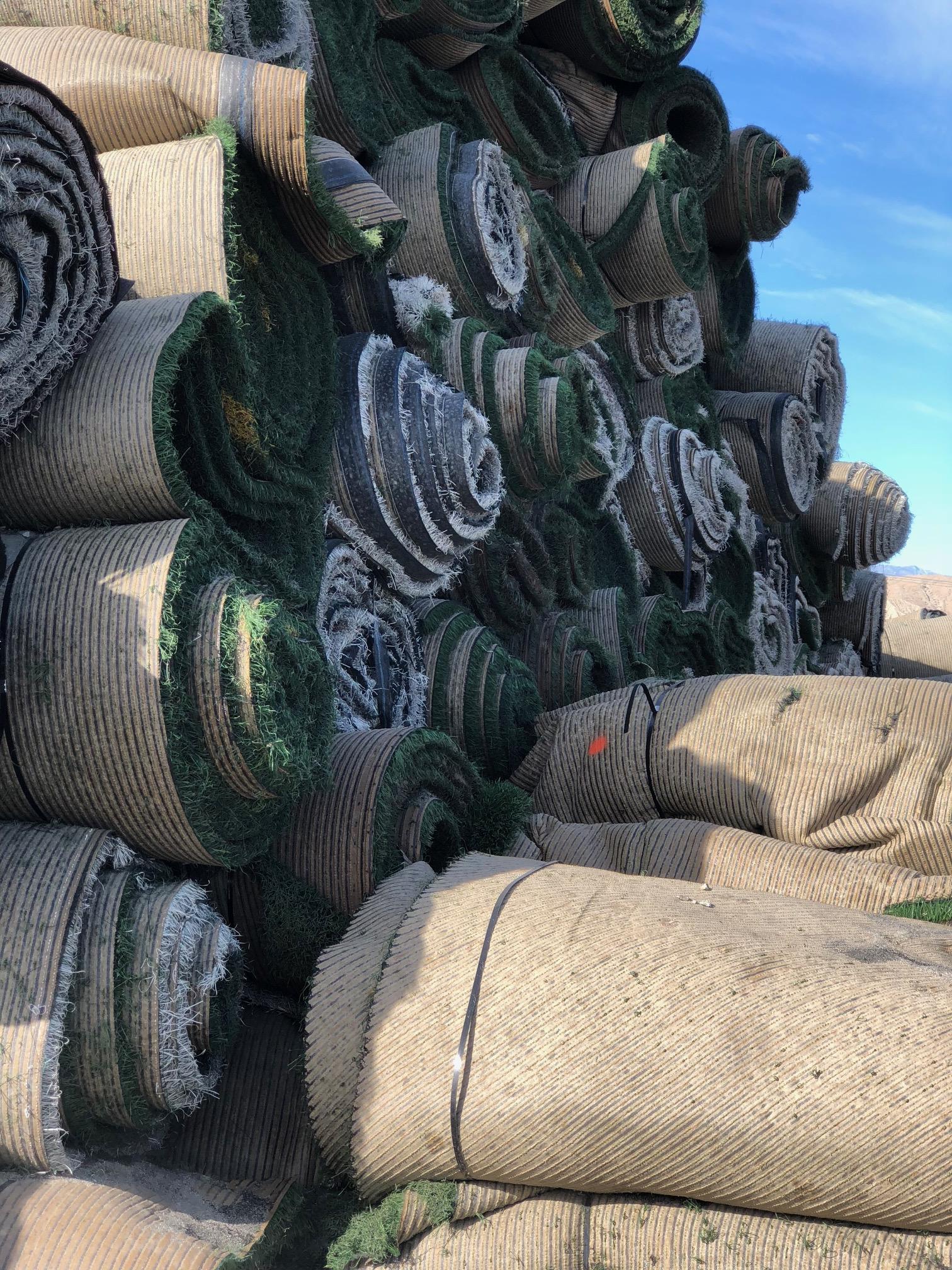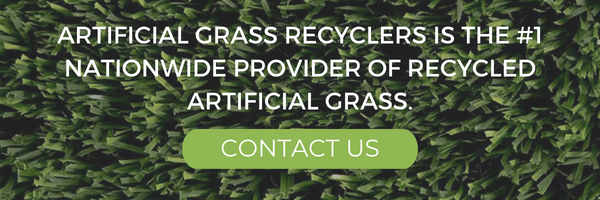Baseball is one of the touchstones of summer. What can you do if you’re a baseball enthusiast who just can’t get their fill?
Well, you can add baseball retreat to your home and there are several different ways that this can be done, such as turning your yard space or your outdoor living areas into a baseball lover’s refuge. Batting cages, a miniature field, to a full-sized diamond are all options that you will delight in choosing from, depending on the size of your yard and budget, of course.
Once you decide on how you want your backyard to look for baseball season, you will need to decide how you will build it and the steps you will need to take.

Make Room For Batting Cages
Batter up!
Installing a batting cage allows for extensive batting practice sessions – one of the most important parts of the game.
Essentially, a batting cage is an enclosed tunnel-like area for practicing your swing and batting. The netted area is typically rectangular in shape and can be used by a person to pitch to a batter or for an automatic machine to pitch. Automatic machines can pitch repeatedly, and be set to various speeds and pitches to help a batter practice. And while a batter must be careful to ensure that they are not practicing the wrong swing over and over, batting cages offer valuable, consistent practice to burgeoning baseball players.
When considering space requirements, the optimal length for a batting cage is around 70 feet, to make it true to life, though some batting cages come in sizes ranging from 38 feet to 60 feet. Be sure to add artificial turf to your cage to reduce maintenance needs.
Pitching Practice Areas
Another critical skill to address is pitching.
If you have room in your yard, you should consider trying to incorporate a pitching practice space. A pitching lane can have a mound – an MLB regulation mound is 18 feet in diameter and generally between 15 and 18 inches tall – as well as a pitching or rebounder net.
The benefit of having a pitching or rebounder net is twofold: you won’t be chasing the ball all over the neighborhood after it’s been overthrown, and you won’t have to worry about retrieving the balls from all the nooks and crannies of your yard when you’re ready to throw another round.
Create a Full-Scale Diamond
If you just love baseball, own a large property, and have enough friends to field a pick-up game, you might want to just bite the bullet and install a full-sized baseball diamond on your property. There are several important considerations before undertaking this sizeable yard remodel:
- The area should have proper water drainage so that rainstorms don’t cause puddling and flooding
- You must be committed to maintaining the turf/grass in the outfield and baseball clay in the infield
- You will need to invest in bases and a pitching rubber
- A fence surrounding the diamond is advisable, though not required
- You should carefully research the placement of the pitching mound and rubber as well as the bases so that they can properly resemble a real game (if that is your intent)
A full-sized baseball diamond requires a square area of land measuring at least 90 feet on each side. Baseball Almanac also recommends having a fence or net behind home plate to protect any of your friends who may come to watch.
Create a Miniature Baseball Diamond
If you simply don’t have enough space to create a full, 90-foot baseball diamond, you can always consider scaling it down or turning to Pinterest for some inspiration on creating miniature baseball diamonds in your yard.
Some simple math may be enough to take the 90×90 baseball square to something smaller, such as 45×45 feet, or even smaller, like 30×30 or 15×15. The possibilities are endless. You may also want to consider trying a whiffle ball field. While the dimensions are slightly different (and smaller), you can mimic the feel of a baseball field in closer quarters. If the spirit of the game – and not hard-core practice – are your aim, a whiffle ball field might be the perfect solution for a smaller-sized property.
This would also be great for birthday parties for the kids.

Upgrade your Baseball Space using Artificial Turf
Of course, no at-home baseball playing area would be at its best unless it’s outfitted with artificial turf.
Even many Major League Baseball stadiums are converting to artificial turf because of its many benefits. With turf, you won’t have to worry about it becoming worn or thin because of repeated use. You also won’t have to worry about watering the field in the dry, hot summer months, or fertilizing it to protect against weeds and grubs.
Artificial turf stays green year-round, provides a soft surface for baseball players to run on (and fall on – as it can help prevent injuries) and is durable and long-lasting. In addition, because these baseball areas will be located in your home, you’ll have the added aesthetic benefit of always having a vibrant, beautiful, green lawn. No baseball oasis is complete without the upgrade of artificial turf.
Whether you are merely a baseball enthusiast or a serious aspiring baseball player, there are tons of ways to incorporate baseball into your landscaping.
You can add a batting or pitching practice area, or try to recreate a full-scale or miniature baseball diamond. No matter what you choose, though, your yard certainly won’t be complete without the final touch of artificial turf on which to play ball. Have fun!
Tags:
Turf for SportsAug 3, 2017 2:00:00 AM


